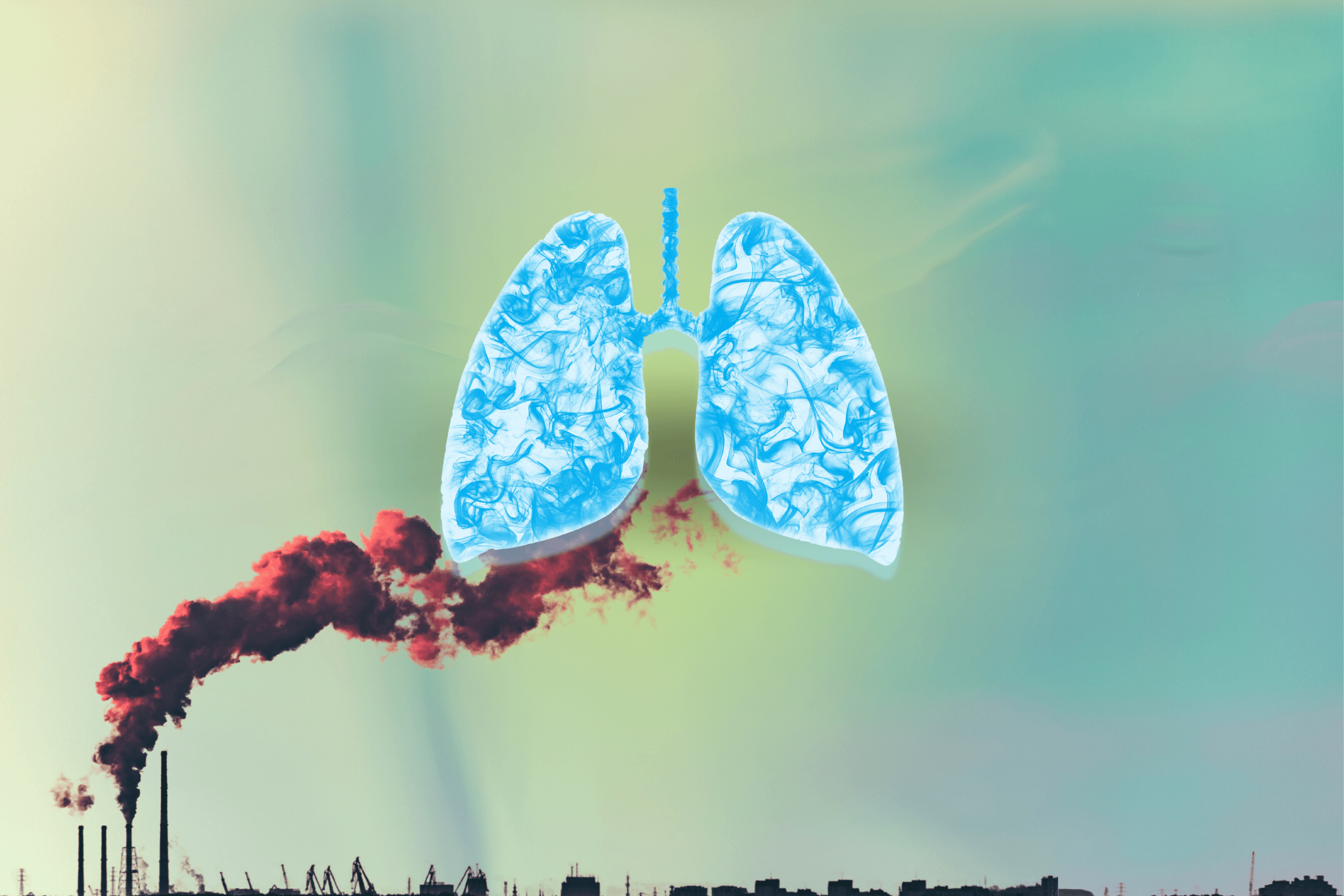Did you know that World Lung Cancer Day is the first of August? World Lung Cancer Day’s purpose is to spread awareness about lung cancer and educate the public on the importance of early detection. We want to do our part to generate awareness by talking about the relationship between air pollution and lung cancer.
Lung cancer is the second most common cancer globally and the third most common in the U.S. It is also the most deadly cancer in the U.S. for both men and women.
The number of lung cancer cases continues to increase across the world. There were 1.8 million lung cancer cases reported worldwide in 2012. In 2020, more than 2.2 million cases were reported. Lung cancer is more deadly than breast, colon and prostate cancers combined.
But what do World Lung Cancer Day and lung cancer awareness have to do with indoor air quality? While smoking may be the top contributor to lung cancer, air pollution exposure (indoors and outdoors) is also a significant factor. Let’s take a look at the general effects of air pollution on the lungs and the types of pollutants that can lead to lung cancer.
How Does Air Pollution Affect the Lungs?
Air pollution exposure results in a variety of health effects with regard to our respiratory system.
Some of these health effects include:
- Coughing and wheezing
- Difficulty breathing
- Respiratory infections
- Inflammation of the airways
- Developing or worsening asthma
- Premature death for those that develop chronic lung diseases
When our respiratory system is under attack, it’s difficult to do even the most basic tasks. That’s why it’s essential to be mindful of the air we breathe. Unfortunately, that’s often easier said than done.
How Air Pollution Causes Lung Cancer
Different air pollutants can result in different symptoms. But how can exposure lead to cancer? Some pollutants are known carcinogens. Others inhibit lung function over time, contributing to lung cancer. Both are possible ways that air pollution contributes to lung cancer.
What Type of Air Pollution Causes Lung Cancer?
As aforementioned, air pollution exposure can cause lung cancer. But, with so many different air pollutants, does the type of air pollutant matter? If so, which ones actually cause lung cancer?
Radon and Lung Cancer
First, let’s take a look at a carcinogenic indoor air pollutant. Radon, an air contaminant commonly found indoors, is the first leading cause of lung cancer among non-smokers. Whereas for smokers, radon exposure is the second leading cause of lung cancer. Radon-related lung cancer deaths take the lives of roughly 21,000 Americans every year.
Radon is difficult to detect due to its colorless, odorless and tasteless nature. (This is why it’s critical to test your home for radon!) Despite what you may think, radon is a naturally occurring element. (Remember the periodic table of elements?)
Where can you find radon? It’s most common in basements, cellars, crawlspaces and the like. These areas are close to the ground and poorly ventilated, thus making it easy for the space to trap radon gas entering your home from contaminated soil.
Particulate Matter and Lung Cancer
Particulate matter (PM) is a common air pollutant both indoors and out. PM is responsible for a significant amount of lung cancer cases worldwide. But the bulk of the data connecting particle pollution and lung cancer focuses on outdoor air pollution.
According to one study, 307,680 global lung cancer deaths were attributable to particle air pollution in 2019. Of these deaths, 185,041 were concentrated in East Asia countries.
Particulate matter varies in size. For example, PM10 refers to particles that are 10 micrometers in size or less. PM2.5 refers to particles that are 2.5 micrometers or less. And, PM0.1 refers to particles that are 0.1 micrometers or less. These are known as coarse, fine and ultrafine particles, respectively.
Size matters. Because, the smaller the particle, the bigger the threat as smaller particles penetrate deeper into the lungs. Another study examined lung cancer cases in China attributable to fine particles, or PM2.5, from 1990 to 2019. Researchers found that the majority of all lung cancer deaths during this time were attributable to ambient PM2.5 exposure.
Who Is Most at Risk?
Some groups are at a greater risk of developing lung cancer due to air pollution exposure. Understandably, this includes those who live in areas with increased particle pollution levels. Unfortunately, more than 40% of Americans live in areas with increased particle pollution levels.
Other factors include:
- Living in a city or urban setting
- Living near busy roads
- Family history of lung cancer
- Personal history of lung cancer
- Exposure to dust, fumes or asbestos
- Smoking tobacco
- Breathing second-hand smoke
- Socioeconomic status
According to the American Lung Association, people of color are 61% more likely to live in a county with a failing grade for at least one air pollutant. And, according to the Environmental Protection Agency, people of color inhale more particle pollution on average. This disparity is generally tied to socioeconomic status.
Mind Your Air Quality
Lung cancer is a vicious, life-altering disease that can affect anyone at any time. However, more and more studies are discovering the nexus between lung cancer and air pollution exposure. Whether you’re indoors or outdoors, it’s important to be mindful of air quality.


